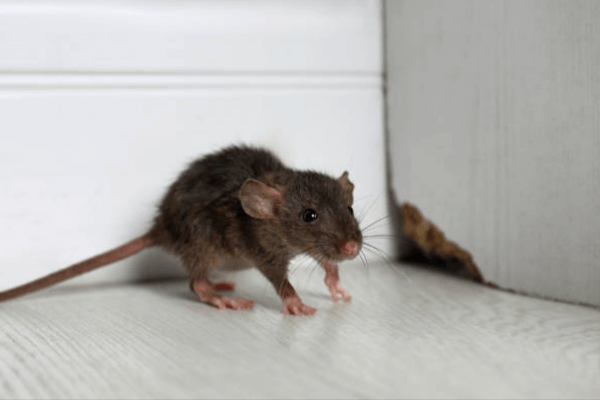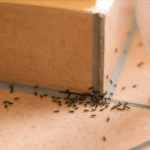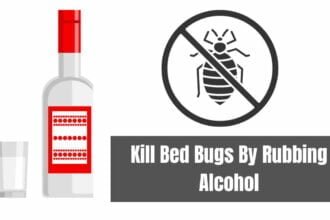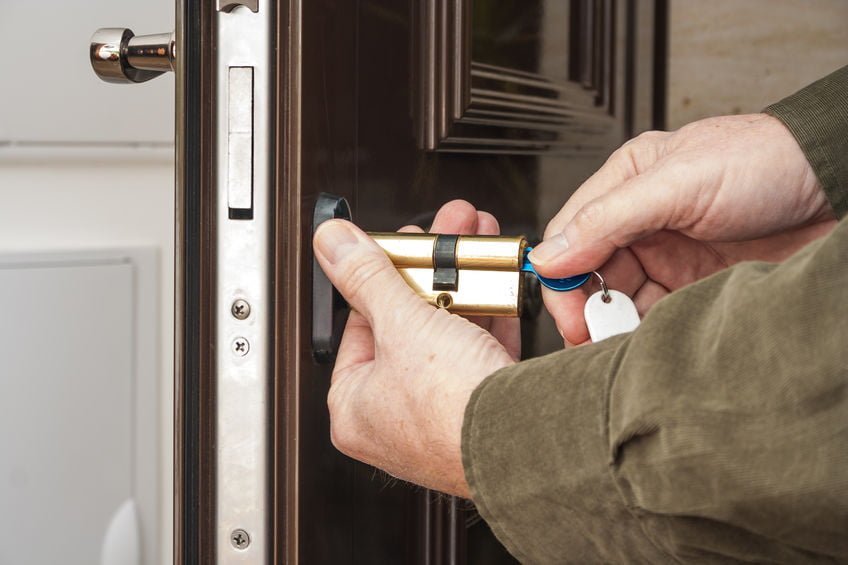It’s no exaggeration to say that rats are among the most common household pests. In addition to being a major health danger due to the diseases they may be carrying, they can wreak extensive damage to your home. Expert pest control services have been shown to be successful, but they may be quite pricey.
Fortunately, homeowners can employ a variety of do-it-yourself (DIY) methods and tools for rat management. In this piece, we’ll talk about the best do-it-yourself strategies for rodent management and the tools you can utilize. We’ll go through everything you need to know to get rid of rats, from finding and closing entry points to utilizing baits and poisons.
Identifying Rat Infestations
Rats are a prevalent nuisance that can be encountered almost anywhere, including private residences, commercial establishments, and public areas. Prevention of sickness and property damage can be achieved through early detection of rat infestations. By learning about rat behavior, you can recognize the telltale indicators of a rat infestation.
Signs and Symptoms of Rat Infestations
- Droppings: The presence of rat feces is a sure evidence of an infestation. They have a slender, cylindrical form and a black coloration. Rat feces are common wherever rats frequent, including kitchens, attics, and storage rooms.
- Gnaw marks: Rats’ teeth are strong, and they often nibble on things like wood, plastic, and even electrical wiring. There is a potential fire threat due to gnaw marks on electrical wire that can be seen on food containers, walls, and furniture.
- Footprints: A rat’s tracks may be seen in dust or other materials. In locations frequented by rats, tiny paw impressions appear frequently.
- Noises: You can hear rats running around in the walls, ceilings, and floors at night. The presence of numerous rats may also result in the audible manifestation of scratching, squeaking, or rustling.
- Smells: The presence of rats can be determined by a telltale smell. Many people compare the odor to ammonia since it is so strong.
Understanding Rat Behavior to Identify Infestations
Rats congregate at night and sleep during the day; they are nocturnal creatures. Since they are omnivores, they consume a wide range of foods, not just grains and meats. Because rats follow predictable routines, learning about their habits might help detect infestations.
- Nesting sites: Dark, hidden places with easy access to food are ideal nesting spots for rats. Attics, crawlspaces, and wall voids are frequent nesting locations for these pests.
- Travel routes: Rats have been observed to take the same paths between their homes and food sources. These passages could be carved out of walls, floorboards, or other tight spaces.
- Food sources: Rats frequent kitchens and pantries because they smell food being made or stored there. Pet food and birdseed left out overnight can also entice these pests.
- Water sources: Because of their dependence on water, rats are frequently spotted in close proximity to water features like broken pipes and puddles.
DIY Rat Control Techniques
Damage to property and the transmission of disease are just two of the many issues that rats, a common household pest, may create. It’s crucial to take measures to eliminate a rat infestation. Here are some do-it-yourself methods for rat control:
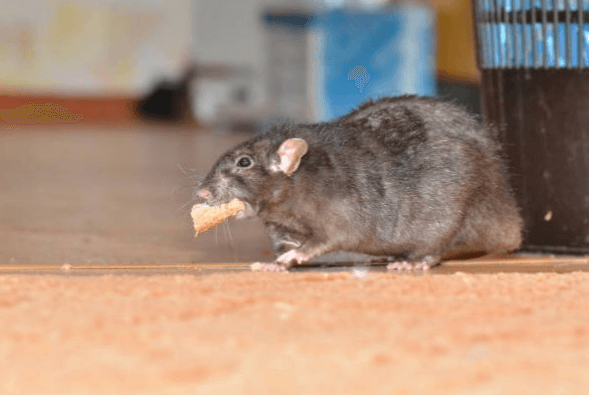
Sealing Entry Points to Prevent Rat Entry
Exclusion is the first line of defense against rat infestations. In addition to doors and windows, rats can enter through cracks and holes in walls, floors, and ceilings. Preventing rats from accessing your home and preventing further infestations can be accomplished by sealing potential entry points.
Caulk or wire mesh can be used to fill in cracks in the walls, floors, and ceilings to prevent intruders from entering. Put door sweeps beneath external doors to seal off any potential entry points for rodents. Using expanding foam or other sealants, close off any openings around pipes or cables.
Trapping and Removing Rats
Removal of rats from your home or property can be accomplished through the use of traps. Snap traps, live traps, and glue traps are just some of the options for capturing your prey. Most people use snap traps, which are effective and humane ways to get rid of rats.
The best places to set traps for rats are near their food supplies or nesting grounds. Put peanut butter or dried fruit in the traps to catch rats. Every day, you should check the traps and put the deceased rats in a garbage bag for disposal.
Using Baits and Poisons
Although poisons and traps can help reduce rat populations, they should be used with care. Poisoned food or grain is commonly used to create baits. After consuming the bait, the rats quickly perish.
Toxins can also be used to manage rodent populations. They are commonly used in walls, attics, and crawl spaces, all of which are frequent rat haunts. However, poisons should be used sparingly because of the risk they pose to humans, animals, and young children.
Always read and follow the label directions when using any bait or poison, and keep them out of the reach of pets and children. Keep a tight eye on the situation and remove any dead rats right away.
Products for DIY Rat Control
The presence of rats can be a major problem in a variety of environments. They are a health and property hazard. The good news is that there are a number of do-it-yourself rat control products available. You can get rid of rats with the following items:
Types of Rat Traps and Their Effectiveness
Humane and efficient, traps can reduce rat populations. Snap traps, live traps, and glue traps are just some of the rat control options out now.
The most popular style of rat trap is the snap trap. When a rat takes the bait, it is instantly killed by a bar that is sprung into action. Although snap traps are an affordable and effective option, they must be checked frequently to remove any dead rats.
To catch rats, you can use poison or live traps. The rat is captured alive and then released at a different location. Humane live traps are more time-consuming to set up and inspect than their snap-trap counterparts. They also need somewhere to let the rat go, which might be difficult to find in densely populated cities.
When rats walk across a glue trap, they become stuck on the sticky board. They’re convenient, but they can’t compare to the efficiency of a snap trap. They can be cruel since trapped rats may take a long time to die on the board.
Choosing the Right Type of Bait for Rat Control
The use of bait is essential in rat extermination. Rats can be trapped or poisoned with the use of the correct bait. Pest control experts say that peanut butter, cheese, dried fruit, and nuts are all good ways to entice rats.
The species of rat you are battling should inform your choice of bait. The diets of the various rat species are quite distinct from one another. Some rat species, like the Norway rat, choose fresh produce, while others, like the roof rat, favor nuts and seeds.
Types of Rat Poisons and How to Use Them Safely
Poisons can also control rat populations. They use rat-toxic substances. Anticoagulant, acute, and non-toxic rat poisons exist. Most rat poisons are anticoagulants. They kill rats through internal hemorrhage. Slow-acting anticoagulant poisons let rats take many doses before dying.
Acute poisons kill rats instantly. They are employed in severe rat infestations or where other treatments have failed. Rat baits can be non-toxic. Natural substances repel rats. Non-toxic baits are safe for dogs and children but less successful than other ways.
Follow directions when using rat poisons and keep pets and children away. Rat-active places like walls, attics, and crawl spaces should have poison stations. To prevent disease, dispose of dead rats quickly and safely.
Safety Considerations for DIY Rat Control
DIY rat control can be effective, but it’s vital to ensure the safety of yourself, your loved ones, and your pets before attempting it. Here are some precautions you should take when employing ways to get rid of rats:
Risks Associated with DIY Rat Control
Exposure to disease, damage from traps and other equipment, and the possibility of unintentional poisoning are all concerns involved with DIY rat control. Diseases including hantavirus, leptospirosis, and salmonella can all be spread by rats.
The feces, urine, or saliva of infected rats can transmit these diseases. When they feel threatened, rats can become violent and attack or scratch humans.
Precautions to Take When Using Rat Poisons and Traps
It’s crucial to observe safety measures when handling rat poisons and traps to avoid any unintended consequences. Take into account the following safety measures:
- To avoid getting sick or being exposed to poisonous chemicals, always use protective gear like gloves and a mask when handling rat traps or poison stations.
- Rat poison should be stored where children and pets can’t get to it.
- When putting up traps or poison stations, be sure to read and follow the directions carefully.
- Set up poison stations and traps in rat-infested areas, keeping them out of the reach of youngsters and dogs.
- Rat poison stations and traps should be checked frequently, and the deceased rodents should be disposed of in a safe manner.
Proper Disposal of Dead Rats
Dead rats from rat control methods should be properly disposed of to avoid any potential health risks. Aside from attracting other pests like flies and maggots, a dead rat can also spread disease. Some suggestions about how to dispose of a dead rat:
- To prevent spreading disease, always use protective gear when handling dead animals.
- Put the rats in two separate plastic bags and make sure the bags are sealed well.
- Put the dead rats in a trash can with a tight-fitting lid to keep other animals out.
- After handling deceased rats, be sure to clean your hands properly.
Prevention and Maintenance Tips for Rat Infestations
The best way to avoid the health hazards and property damage caused by rats is to take preventative measures. Here are some things you can do to keep rats out of your home and out of your pantry:
Tips for Preventing Rat Infestations
- Seal all entry points: In order to prevent rats from entering your home, you should use metal mesh or caulk to plug any openings around your doors, windows, and utility lines.
- Keep a clean and clutter-free environment: Maintaining a neat and orderly home is essential since rats are drawn to food scraps and other garbage.
- Store food properly: Keep all food, especially that for pets, in airtight containers and clean up any spills or crumbs right away.
- Dispose of trash properly: Trash should be stored in containers with secure lids and taken out regularly.
- Trim vegetation: Vegetation should be kept trimmed and away from the house to eliminate hiding places for rodents.
- Eliminate standing water: To prevent rodents from making your home their habitat, drain all standing water.
Regular Maintenance to Prevent Future Infestations
- Check for signs of rat activity: Check for rat droppings, gnawed items, and tracks on a regular basis to ensure your home is rat-free.
- Maintain your home’s exterior: Keep your gutters and downspouts clear of debris and fix any leaks or cracks in the exterior of your property.
- Use rat repellents: Peppermint oil and mothballs are just two of the numerous effective natural rodent repellents on the market.
- Regularly clean and disinfect: Basements and attics are prime hiding spots for rats, so it’s important to clean and disinfect them frequently.
Frequently Ask Questions
Why is Rat Control Important?
Several factors make it crucial to eradicate rats. Rats are a nuisance because they may gnaw through wires, contaminate food, and spread disease to people and animals. The reputation of a business, especially if it deals with food, can take a hit from a rat infestation.
How do I know if I have a rat infestation?
Rat infestations can be identified by the presence of rodent waste, gnaw marks, noises (such as scratching or scurrying), and the actual presence of rats (both alive and dead). A rat infestation may also be accompanied by a musty odor.
What should I do if I suspect a rat infestation?
It’s crucial to take immediate action if you discover signs of a rat infestation. Sealing potential access sites, catching and removing rats, and using baits or poisons are all do-it-yourself rat control methods you can try.
However, it is recommended to engage a professional rat control agency if the infestation is serious or if you are not comfortable dealing with rats on your own.
What kind of traps should I use to catch rats?
Snap traps, live traps, and glue traps are just a few of the many rat-catching options available. Most rats can be caught with a snap trap, but if you’d rather relocate the rodents, you can also use a live trap.
What types of bait are effective for catching rats?
Peanut butter, cheese, and almonds are just some of the many delicacies that rats find irresistible. Chocolate and other sugary treats may also help. Ideally, you’d choose a bait that the rats are already familiar with.
Are rat poisons safe to use?
Rat poisons are hazardous if misused. Follow the label, use the right amount, and keep the poison away from children and pets. If you’re uncomfortable utilizing rat poisons, hire an expert.
How can I prevent rats from entering my property?
Sealing entry points like gaps around doors and windows and removing food and shelter sources like debris piles and standing water will help keep rats out of your home. Rat infestations can be avoided with routine maintenance including cleaning and decluttering.
Can rats climb?
In order to gain access to buildings or food supplies, rats will climb up walls, pipelines, and even trees.
How do I dispose of dead rats?
Gloves should be worn when disposing of dead rats, and the bags should be secured tightly. You can toss them away with your regular trash, but if you want to be sure, call your city or town’s waste management office.

